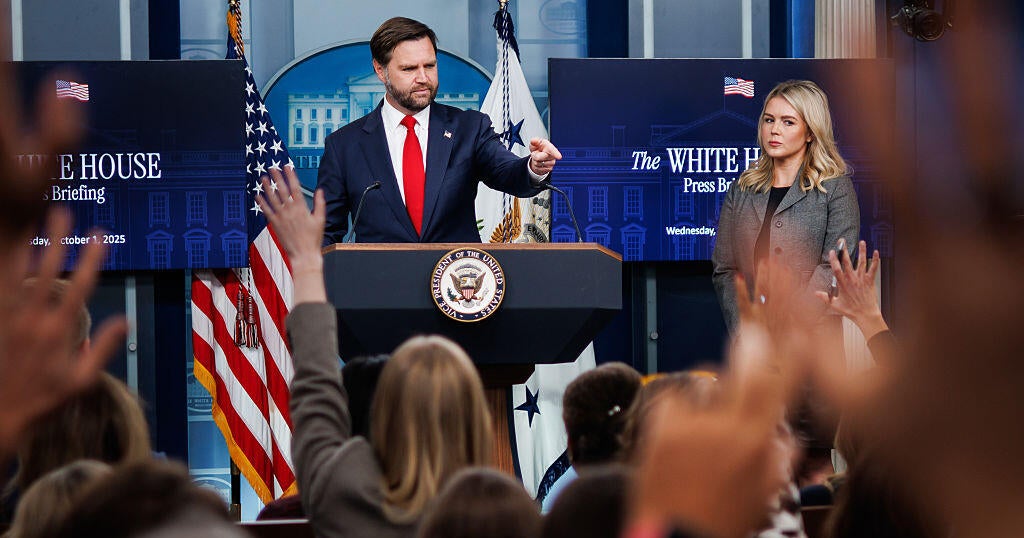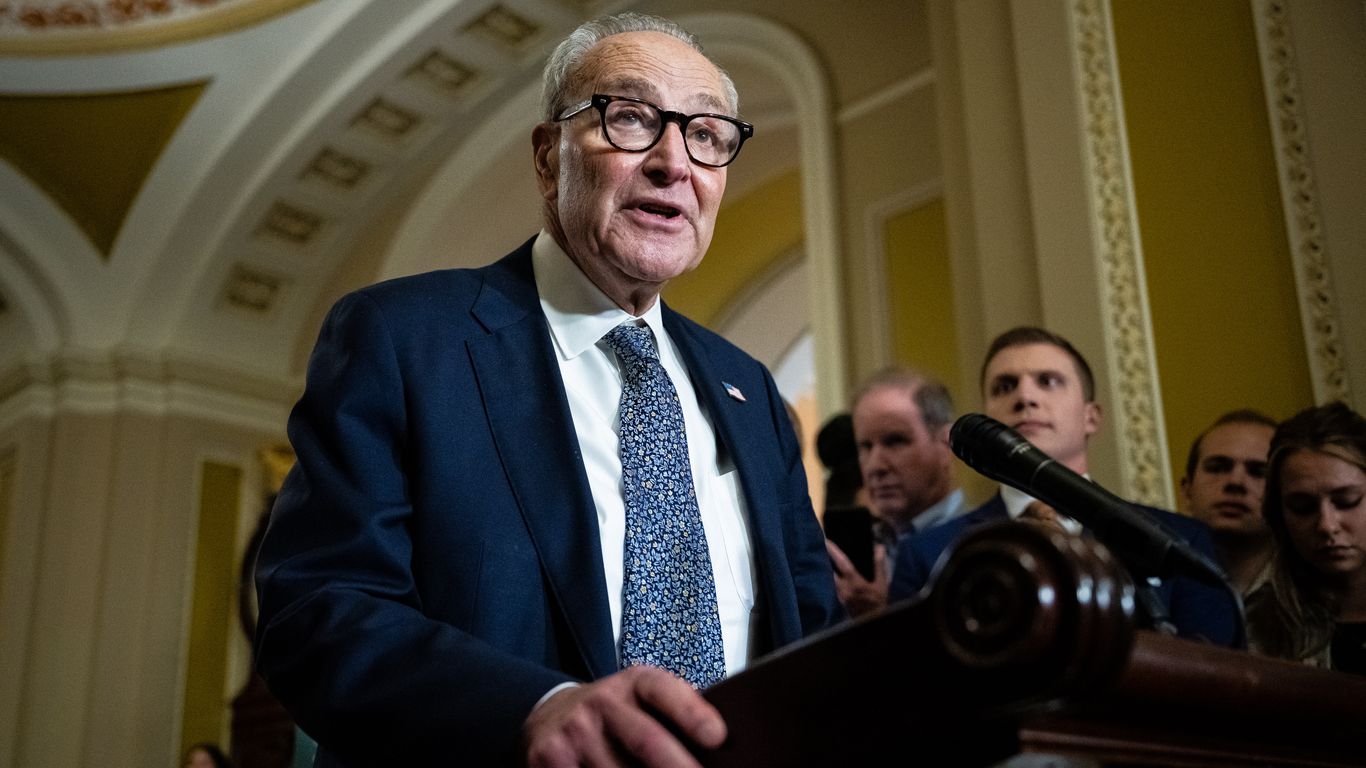US Government Shutdown 2025: ACA Tax Credits, Bipartisan Talks, and Impacts

Introduction to the Shutdown
The latest government shutdown marks a significant impasse between Republicans and Democrats over 2025 funding. This is the first shutdown in nearly seven years, highlighting the deep divisions in U.S. politics. The White House is pushing to cut billions in funding, which has become a central point of contention.
Key Details and Context
One of the main issues is the expiration of critical Affordable Care Act (ACA) tax credits by the end of 2025. Democrats are seeking a bipartisan agreement that protects these credits to avoid increased healthcare costs for Americans. The shutdown affects various government services, although some essential functions remain operational.
Impact and Moving Forward
The shutdown's impact is widespread, affecting not only government operations but also the economy and citizens' access to services. Both parties are under pressure to find a resolution, with negotiations ongoing to reach a bipartisan agreement that addresses the pressing healthcare and funding issues.
About the Organizations Mentioned
White House
The **White House Office** is a central organizational component within the Executive Office of the President of the United States (EOP), tasked with supporting the President in managing day-to-day operations, policy formulation, and political affairs. It is headed by the White House Chief of Staff and staffed by senior aides who report directly to the President, including those with titles such as Assistant to the President and Deputy Assistant to the President. These staff members are mostly political appointees without the need for Senate confirmation, allowing the President considerable discretion in shaping the office to suit each administration's priorities[1]. Historically, the White House Office was established in 1939 through Reorganization Plan 1 and Executive Order 8248 to provide immediate assistance to the President. It functions as the nerve center for presidential staff, physically located primarily in the West Wing, and plays a pivotal role in managing the President’s policy agenda, communications, and political strategy. Its flexible organization allows each President to tailor the staff composition and roles according to their governance style and objectives[1]. In the current context of 2025, the White House Office operates under the administration of President Donald J. Trump, who returned to office after the 2024 election. His administration emphasizes rejecting prior policies deemed extremist and focuses on enhancing quality of life, economic growth, and American energy dominance. The administration includes Vice President JD Vance and First Lady Melania Trump, among others, with a Cabinet advising on various governmental functions[4][6]. Recent initiatives linked to the White House’s operational sphere include the establishment of a new **Department of Government Efficiency (DOGE)** aimed at modernizing federal technology and software to boost government productivity. The DOGE agenda is implemented through the renamed United States DOGE Service within the Executive Office, reflecting a concerted push to leverage technology for administrative modernization[5]. Notably, the White House Office also coordinates national security and homeland security functions through the National Security Council staff, underscoring its central role









